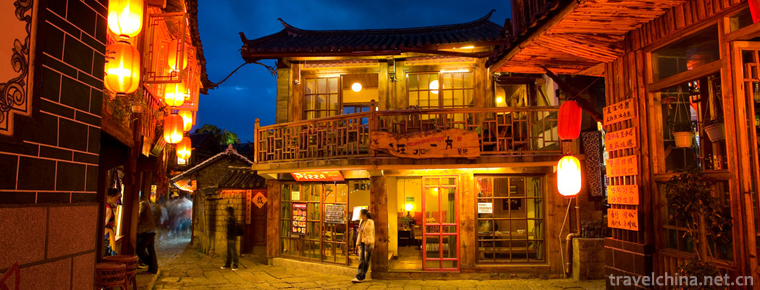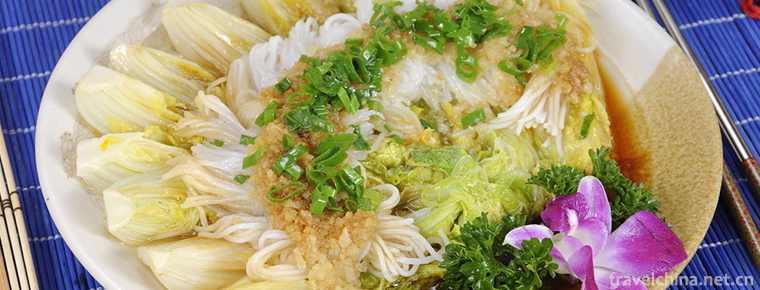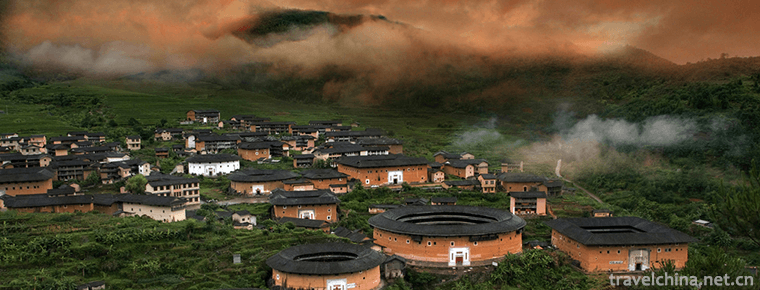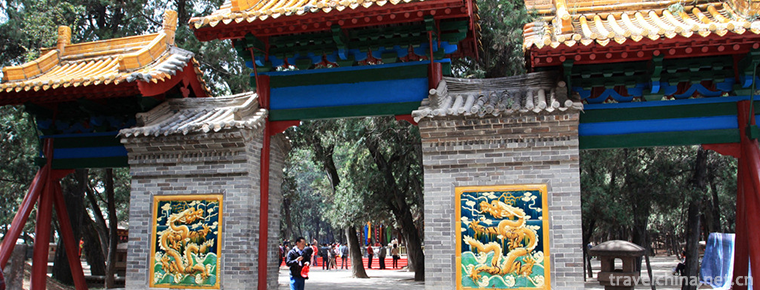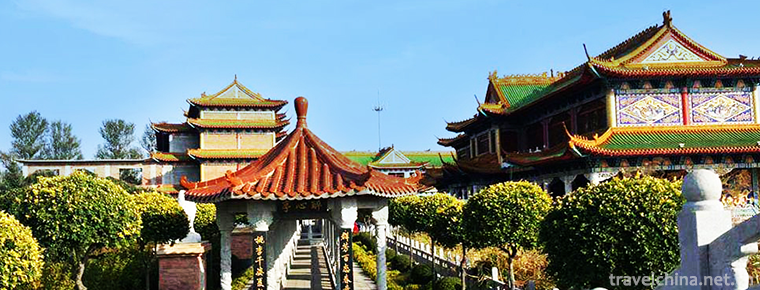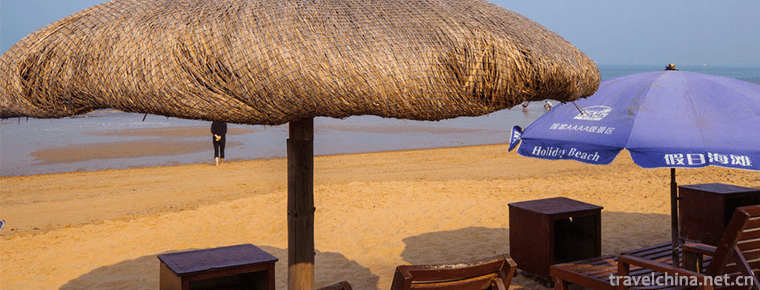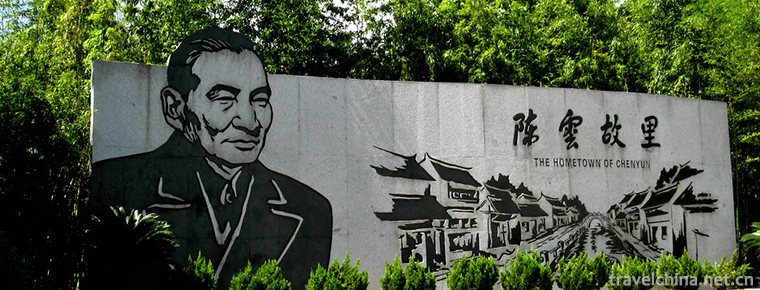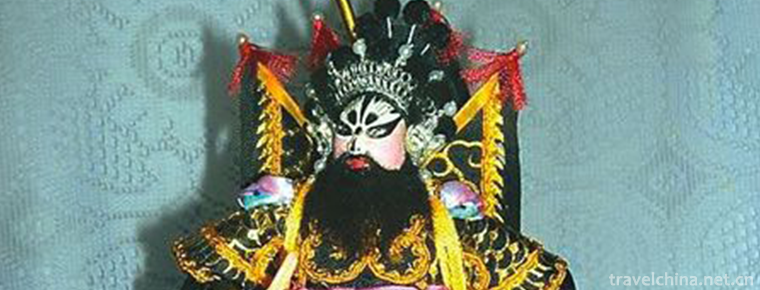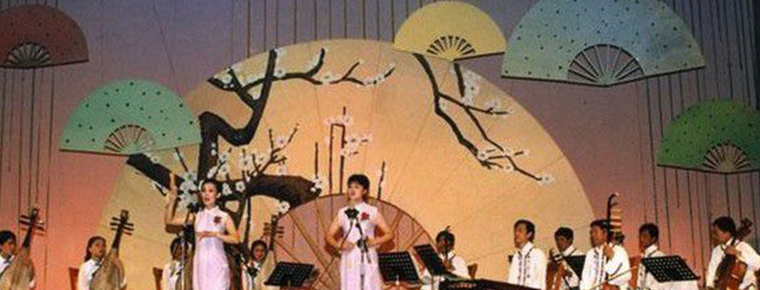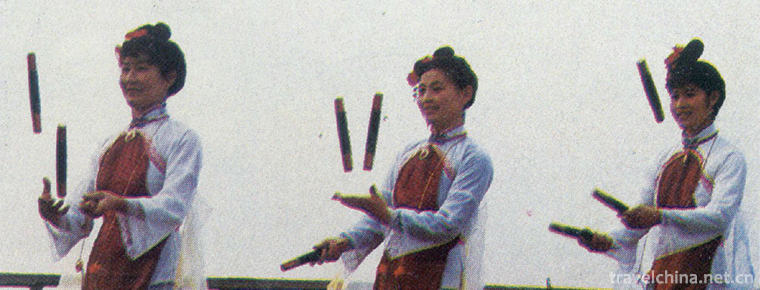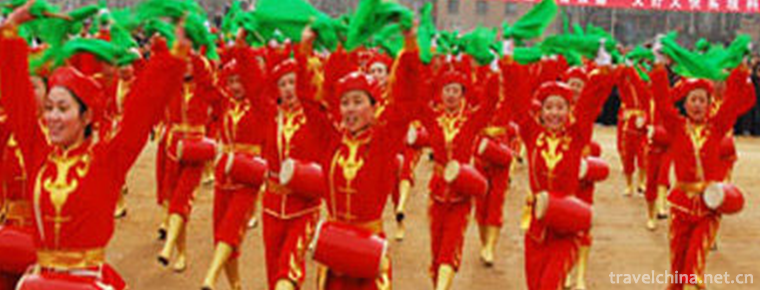Yuexiu Park Guangzhou
Yuexiu Park Guangzhou
Yuexiu Park is the largest comprehensive park in Guangzhou. The main body of Yuexiu Park is Yuexiu Mountain. In the Western Han Dynasty, Zhao Tuo, the king of South Vietnam, was named after the "Chaohantai" built on the mountain.
There is a stone archway built in the Qing Dynasty, inscribed with the words "ancient Chu Pavilion". Many historical books regard "Chu Pavilion" (or "Chu Pavilion") as the prototype of Guangzhou . There are also Zhenhai Tower, Ancient City Wall, Quartet Fortress, Zhongshan Monument, Sun Yat-sen Reading Affairs Office Monument, Wu Tingfang Tomb, Ming Shao Emperor's Tomb, Seafarer Pavilion, Wuyang Stone Statue, Wuyang Legend Sculpture Group, Spherical Water Tower and other scenic spots.
The park has been one of the eight scenic spots in Yangcheng since the Yuan Dynasty. In 2006, the park was rated as a national 4A-level tourist attraction.
The park is composed of seven hills, including Yuejinggang, Osmanthus Granite, Wooden Shell Hill and Carp Hill, and three artificial lakes, Beixiu, Nanxiu and Dongxiu. The whole park is interdependent with mountains and rivers, with natural scenery. Pavilions, terraces, towers, pavilions, corridors, pavilions and other garden attractions, very rich Lingnan characteristics. Every spring and autumn flower exhibitions are held in the park, and many tourists come to visit them all the year round.
Park history
Yuexiu Park is one of the earliest parks in Guangzhou and the largest comprehensive park in Guangzhou. During the period of the Republic of China, Dr. Sun Yat-sen proposed to build Yuexiu Mountain into a large park. This idea was realized after the liberation of Guangzhou. Nowadays, Yuexiu Park has beautiful natural scenery and subtropical features. It also preserves various historical relics and relics. The new garden road also connects various scenic spots.
Ancient times
Yuexiu Mountain, the main body of Yuexiu Park, is a famous mountain with profound cultural connotations. As early as the Qin and Han Dynasties, it was a scenic spot in Guangzhou. More than 2,000 years ago, Zhao Tuo, king of South Vietnam, who established the first feudal dynasty in Lingnan, served as a banquet for his ministers in this mountain and warmly entertained Lu Jia, the envoy sent by Liu Bang, the great ancestor of the Han Dynasty. Yuexiu Mountain has the old site of Yuewangtai. It is said that every year on the third day of March of the lunar calendar, Zhao Tuo would come here to climb the mountain for pleasure. Accompanied officials danced Yuewangtai songs and dances on the stage, so it is also known as Song and Dance Gang.
During the Southern Han Dynasty, the emperor of the Southern Han Dynasty used Yuewangtai as a banquet venue and planted exotic flowers and trees on the mountaineering road, called "Huluan Road". Golden chrysanthemum and hibiscus were planted all over the roadside. The emperors and ministers of the Southern Han Dynasty often spent a good night there.
By the Song, Yuan and Ming Dynasties, Yuexiu Mountain had become a well-known scenic spot in Guangzhou, such as Autumn Moon, Yuexiu Songtao, Xiangshan Woodcutter, Yuexiu Lianfeng and Zhenhai Floor Building. All the "Eight Scenic Spots of Yangcheng" in the past dynasties included Yuexiu Mountain as an important scenic spot.
Modern Period
In 1925, the Guangzhou Municipal Government ordered the Bureau of Industry and Commerce to build Yuexiushan as Premier Sun's Memorial Park.
In 1926, Guangzhou citizens sponsored the Park Recreation Fair to raise funds to build the park. In December of the same year, Yuexiu Park held an opening ceremony.
Since 1950, the Guangzhou Municipal Government has organized the masses to carry out the development and maintenance of Yuexiu Mountain historical sites left over from history, and to comprehensively rectify greening at the same time. Zhu Guang, then mayor of Guangzhou, also inscribed "Yuexiu Park" for the newly built gate building archway.
On November 7, 1957, the new Yuexiu Park was officially opened to the general public and became the largest comprehensive park in the city with an area of more than 750,000 square meters.
In January 2006, the park was rated as a national 4A-level tourist attraction.
Reception celebrities
After the founding of the People's Republic of China, Mao Zedong, Liu Shaoqi, Zhu De, Zhou Enlai and Ye Jianying and other party and state leaders have visited the park many times. Among them, Chairman Mao once swam in Yuexiu Mountain swimming pool seven times, and Zhu De wrote a poem "Yuexiu Park" for Yuexiu Park: Yuexiu Park flowers and trees, flowers blossom in full swing. Only the orchid fragrance is just right, a precious Wuyang City. In addition, Yuexiu Park has received more than 20 foreign heads of state and friendly groups such as Nixon, Sihanouk and Kim Il Sung.
geographical environment
topography
Yuexiu Park is a mountain park. Yuexiu Mountain belongs to the remnants of Baiyun Mountain. It stretches about 3 kilometers from east to west and is over 70 kilometers above sea level. Historically, it is also known as Yuexiu Mountain and Yuewang Mountain. During Yongle period of Ming Dynasty, Guanyin Pavilion was built on the mountain, so it is often called Guanyin Mountain by the people.
Yuexiu Mountain is the geomancy treasure land of Guangzhou. Geographically, it is located in the negative mountains of Guangzhou with the sea, leaning North on Jiulianshan, the remaining five ridges, and South on Lingding Ocean. On the left there is Luofu Mountain, and on the right there is Qingyun Mountain as the arch guard of "Suzaku" and "Basalt" and extending to Baiyun Mountain and Yuexiu Mountain in Guangzhou. On the map, Baiyun Mountain and Yuexiu Mountain are like giant dragons, which form the trend of "flying dragons absorbing water" by the Pearl River.
ecological environment
Yuexiu Park is the largest green space in the central area of Guangzhou City. It is a natural ecosystem based on mixed forests and lakes. The natural environment in Yuexiu Park is unique and the plant species in the park are diverse. Existing vegetation is a mixture of artificial plants and natural secondary vegetation. There are 460 species of trees, shrubs and ground cover in 127 families. There are 275 native plants and 185 non-native plants. There are 146 species of trees with nearly 220,000 trees, mainly Yinxiang, Banyan, Honeysuckle, Park, Gongshu, Longan, Bran, Taiwan Acacia, Bauhinia, Putao and Cardiac Fruit; 121 shrubs with osmanthus, banana, sea tung, Forsythia suspensa, Cinnamomum cassia; 143 ground cover plants, including taro, white butterfly, cattail, kidney fern, pyrethrum, giant chrysanthemum, syringa, iris, turtleback bamboo, etc. There are 19 kinds of palm plants, 8 kinds of bamboo plants, 10 kinds of vine plants, 3 kinds of aquatic plants and 10 kinds of flowers per hour. There is also the national first-level protection plant Alsophila spinulosa.
The park is rich in plant species, dense bamboo forests, forests and grasslands, which provide good foraging and habitat for animals. There are 43 species of birds in the park, and South American migratory birds are also attracted. In addition, the park also inhabits dog bats, East Asian winged bats, flat skull bats and small yellow bats. There are 6 species of frogs, 10 species of fish and 66 species of insects in the park.
Garden attractions
Ancient City Wall of Ming Dynasty
Following the Zhongshan Monument and turning westward, we can see an ancient city wall of about 200 meters, stretching and hidden in the deep jungle. It starts at Xiaobeimen (now Xiaobeiyuan) in the East and ends at Dabeimen (now the intersection of Jiefang North Road and Panfu Road) in the west. It is about 1100 meters long, intermittent and crosses Xiushan Mountain. It is the only section of the Ming Dynasty city wall preserved in Guangzhou and the oldest existing city wall in Guangzhou. In the early Ming Dynasty, Zhu Liangzu was a guardian of Guangzhou, built in 1380 in Hongwu, and has a history of more than 600 years. This wall is the historical heritage of Guangzhou City Placanticline. Along with Zhenhai Tower and Bell Tower behind Wuxian Guan, it is considered as one of the three major historical sites in Guangzhou in the early Ming Dynasty.
Zhenhai building
Zhenhai Tower is known as the first scenic spot in Lingnan. Zhenhai Building is called "five-storey building" because of its five-storey height. This building was built in 1380 by Zhu Liangzu, Hou of Yongjia, in the thirteenth year of Hongwu in Ming Dynasty. Its first name is Wanghai Tower, and later it is called Zhenhai Tower, which has the meaning of "Xiongzhenhai Frontier". In 1956, it was changed to Guangzhou Museum.
There is an interesting legend about the construction of Zhenhai Building. Zhu Yuanzhang was named emperor and the capital of Nanjing, after the establishment of the Ming Dynasty. He once traveled with Tieguan Railway people to Zhongshan, Nanjing. During the tour, Tieguan pointed to the southeast and told Zhu Yuanzhang that the sea surface of Guangdong was covered with a "king spirit" of green and pale. It seemed that the "Son of Heaven" would be born. We must build a building in Guangzhou to suppress the "dragon vein" immediately, otherwise it would become the disaster of Daming in the future. After Zhu Yuanzhang listened, he sent people to Guangdong to investigate and found out that the spirit of King appeared on Yuexiu Mountain in Guangzhou. Then Zhu Yuanzhang ordered Zhu Liangzu, the Yongjia Marquis, who guarded Guangzhou, to build a building on the mountain to keep Wang Qi in peace. Therefore, Zhu Liangzu built this "tower-like, tower-like" Zhenhai Tower on Yuexiu Mountain.
Zhenhai Tower is the most perfect, powerful and ethnic ancient building in Guangzhou. Its height is 28 meters and width is 31 meters. It has five floors. The first and second floors are made of red sandstone strips. Over three floors are brick walls. The exterior walls are reduced layer by layer. They resemble towers, red walls and green tiles, and their shapes are simple and unique. A two-meter-high red sandstone stone lion is carved in front of the building in the Ming Dynasty. Qu Dajun, a poet in the early Qing Dynasty, once praised Zhenhai Tower as "a Hall of five ridges with a view of 30% growth". During the Qing Dynasty, Zhenhai Building was always the tallest building in Guangzhou. Up the roof, you can see the Pearl River and Baiyun Mountain.
Five Goats Sculpture
Standing on the wooden shells of the park, Wuyang Stone Statue is a key protected cultural relic in Guangzhou. It was built in 1959 and was created by three sculptors, Yin Jichang, Chen Benzong and Confucius Chuan. The whole statue is carved from 130 pieces of granite. It is over 10 meters high and 53 cubic meters in volume. This statue is regarded as the symbol of Yangcheng.
Zhongshan Monument
The Zhongshan Monument was built in memory of Dr. Sun Yat-sen, a democratic revolutionary. It is located on the top of Guanyin Mountain and can be accessed by climbing 498 steps along the "100-step ladder". The monument was built in 1929 and designed by famous architect Lu Yanzhi. The body of the stele is made of granite. It is 37 meters high. The bottom of the stele is square. It is small and sharp upward. There are steps inside the stele which can be circled to the top. The first and second layers can be overlooked by the railings. Higher, each floor has windows to look out. There are 26 stone sculptures of sheep's head on the top of the stele, which symbolizes Yangcheng. On the front of the stele is a huge granite about 7 meters long and 4 meters wide, inscribed with Sun Yat-sen's will. The platform where the stele body is located has iron railings, and the trees around it are lush. Sun Yat-sen Monument and Zhongshan Memorial Hall are both located on the central axis of the traditional city of Guangzhou City, and they have become the symbols of the modern city of Guangzhou. It is now a national key civilized protection unit.
Guangzhou Art Museum
Guangzhou Museum of Art is located in the east of Yuexiushan Zhenhai Building. It is a modern cultural building with Chinese traditional architectural style. Its predecessor is Zhongyuan Library. It was proposed by Li Jishen, the elder of the Kuomintang, in 1927. It was designed by Yang Xizong, an architect, and built in 1930. It is a reinforced concrete structure. It imitates the Wenhua Palace of the Palace Museum in Beijing. In 1957, on the initiative of Mayor Zhu Guang, the Guangzhou Museum of Fine Arts was approved by the Guangzhou Municipal Government and became one of the earliest American museums in China. A gallery was built at the back of the building, with two branches, Gao Jianfu Memorial Hall and Chen Shuren Memorial Hall.
Shaowu Monarch's Tomb
At the end of the Ming Dynasty, Zhu Yi, the brother of Emperor Longwu, was exiled in Guangzhou and established a court in Guangzhou at the end of 1646, the year of Shaowu. The Shaowu court was destroyed by the Qing troops after only 40 days. The emperor's grave of Shaowu moved from Liuhua Bridge to Muhugang in 1955 because of the construction of the gymnasium. It is listed as a cultural relic protection unit in Guangzhou. The tomb was buried by 15 people, including Emperor Zhu Yueyue of Shaowu and his subordinates, among the kings of the Southern Ming Dynasty. It's just a stele and a piece of loess.
Tomb of Wu Tingfang
Located in the east of Sun Yat-sen Monument in Yuexiu Mountain. Wu Tingfang is a modern diplomat of our country, successively serving as the judicial chief, foreign minister and acting prime minister. Wu Chaoshu, the son of Wu Tingfang, was successively appointed Foreign Minister and Chairman of Guangdong Provincial Government. A pavilion was built in front of the two tombs, in which Sun Yat-sen wrote Wu Tingfang's tombstone. There is a bronze statue of Wu Tingfang in the northeast of the tomb.
Surrounding traffic
1. Get off at Yuexiu Park Station on Metro Line 2.
2. Bus 109, 110, 111, 201, b10, b2, 271, 278, 301, 543, 550, 886A, 886, night 15, night 25, night 41 can reach Park North Gate Station.
Play circuit
"Yuexiu Ten Beautiful" Characteristic Tour-Poetic Cultural Roaming
Wuyang Wizard (Wuxian View) - Guangxiaoboti (Guangxiao Temple) - Nanyue Heritage (Nanyue King Museum of Western Han Dynasty) - Yuexiu Park - Lanpu Chunshen (Lanpu Park) - Zhongshan Huatang (Zhongshan Memorial Hall) - Shadao Qingbo (Ersha Island) - Shuangmen Ancient Road (Pedestrian Street) - Neiying Changdi (along Yangtze Road, Changdi) - Hepu Red Tower (Xinhepu, Qieyuan Road).
Walking along the Traditional Central Axis of Guangzhou-Crossing the Space-time Tunnel
Wuyang Stone Statue and Zhenhai Tower - Zhongshan Memorial Hall - People's Park - Guangzhou Uprising Memorial Hall - Beijing Road Guangfu Cultural and Trade Tourism Area - Haizhu Plaza (Guangzhou Liberation Memorial Statue) - Changdi Old Guangzhou Style Block.
Enjoy the Millennium Business Capital Core-Eat, Drink, Enjoy and Be Free
East Central Business District around the city - Beijing Road Commercial Pedestrian Street - Wende Road Cultural Commercial Street - Popular Front China Square - Haiyin Electrical Appliances Summary - Zhuangyuan Square - Streaming Clothing Market - Wanling Toy Quality Square - Changdi Bar Street.
Guangfu Shuicheng Greenway Tour: Recapturing the Memory of Shuicheng
Yuexiu Park (Wuyang Stone Statue, Ming Dynasty Ancient City Wall, Zhenhai Tower) - Donghao Yongshui Cultural Zone (Experience Hydrophilic Greenway, Donghao Yong Museum) - Ersha Island Cultural and Art Style Zone (Guangdong Art Museum, Xinghai Concert Hall, Sports Park, Development Park, Lin Zexu Memorial Park) - Haizhu Square - Pearl River Night Tour.
Guangfu Weibo Tour: A Perspective of the Background of Urban Tradition
Tour Theme Museum: Wuxian Guan (Yuexiu District Museum) - Nanyue King Museum of the Western Han Dynasty - Guangzhou Museum - Guangzhou Art Museum - Guangdong Museum of Art - Guangdong Museum of Revolutionary History (Guangzhou Museum of Modern History) - Comrade Mao Zedong hosted the Memorial Museum of the Old Site of the Peasant Movement Workshop - Nanyue Palace Museum.
Tour Mini Museum: Chen Shuren Memorial Hall - Donghaoyong Museum - Dongping Pawn Museum of Guangzhou City - Wanmucao Hall - Guangfu Cultural Guild Hall - Beijing Street Examination Museum - Guangta Street Ethnic Museum - Gaojianfu Memorial Hall.
4-hour Friend Tour Route
Tour time: 4-5 hours
Suitable for the crowd: friends
Arrival mode: metro, bus, self-driving
Attractions on the way: South Gate of Park > Sun Yat-sen Reading Office > Zhongshan Monument > Ancient City Wall of Ming Dynasty > Wuyang Xianting > Nanxiu Lake > Junchen Tomb of Ming Shao > Korean Park > Yuexiu Swimming Pool > Bamboo Forest Scenic Area > Idiom Fable Park > Carp Head Literary and Sports Entertainment Area > Jinyuan Guanyu District > North Gate of Park
4 Hours Family Tour Route
Tour time: 4 hours
Suitable for the crowd: family
Arrival mode: metro, bus, self-driving
Attractions on the way: Main Gate > Beixiu Lake > Shady Botanical Area > Angel Paradise > Nanxiu Garden > Ming Shaowu Emperor's Tomb > Wuyang Xianting > Ming Dynasty Ancient City Wall > Guangzhou Museum > Jinyin Amusement Park > Children's Paradise > East Gate of the Park.



















-
Lijiang Ancient Town
Lijiang Ancient City is located in the ancient city of Lijiang City, Yunnan Province.
Views: 207 Time 2018-10-17 -
Vegetable party
Vegetable party (alias Su Chunjuan) is one of the common local traditional snacks in Guiyang. It can be seen almost everywhere in the streets of Guiyang. This dish is crisp.
Views: 175 Time 2018-11-05 -
Fujian earth building (Fujian Tulou)
Fujian Tulou is also called "Hakka Tulou" because most of it is built by Fujian Hakka people. Tulou came into being in Song and Yuan Dynasty and matured in the late Ming.
Views: 174 Time 2018-12-08 -
Huangdi Mausoleum Scenic Area
Huangdi Mausoleum is the tomb of Xuanyuan Huangdi, the ancestor of the Chinese nation. It is the only Huangdi Mausoleum recorded in Historical Records..
Views: 152 Time 2018-12-12 -
Sannong Expo Park
Shenyang Sannong Expo Park is located in the south of Daliutun Town, Xinmin City, Liaoning Province. It is 15 kilometers away from Xinmin City and 75 kilometers away from Shenyang City. It was built i.
Views: 119 Time 2018-12-18 -
Holiday Beach
Holiday beach is located on the west coastal avenue of Haikou City, which is 6 kilometers long. On the left side is the verdant forest belt of ephedra, with resorts, hotels, playgrounds and so on.
Views: 320 Time 2018-12-23 -
Chen Yuns former residence and Qingpu Revolutionary History Memorial Hall
Chen Yun's former residence and the Qingpu Revolutionary History Memorial Hall are the only Memorial Hall in the country that systematically demonstrates Chen Yun's life achievements approved by the C.
Views: 126 Time 2019-01-05 -
Color tie
Color tie Coloured tie is also called paper tie and silk tie. It is a kind of simulation art of Chinese traditional folk crafts, and also a comprehensive handicraft..
Views: 333 Time 2019-04-04 -
Traveling Books in Ningbo
Ningbo Walking Book, originally known as "Lotus Document" or "Plough Document", is one of the traditional local operas in Ningbo, Zhejiang Province. Sing in Ningbo dialect. Ningbo .
Views: 212 Time 2019-06-08 -
Three stick drum
Sanwanggu is a kind of folk singing form widely spread in Youyang of Chongqing, Yongshun County of Longshan County in Western Hunan, Zhangjiajie and Wuyang, Tianmen and Enshi Prefecture in southwester.
Views: 299 Time 2019-06-12 -
Yicheng Flower Drum
Yicheng Huagu, according to historical records, existed during the Zhenguan period of the Tang Dynasty, reached its peak in the Ming Dynasty, and only in the Qing Dynasty did this activity have a clea.
Views: 192 Time 2019-07-13 -
Anhui University
( Anhui University For short, "anda" is located in the provincial capital. Market It's the state. "Double First-Class" initiative "World class discipline construction," M.
Views: 195 Time 2019-10-04
